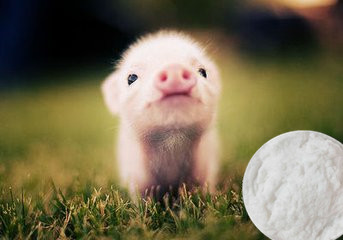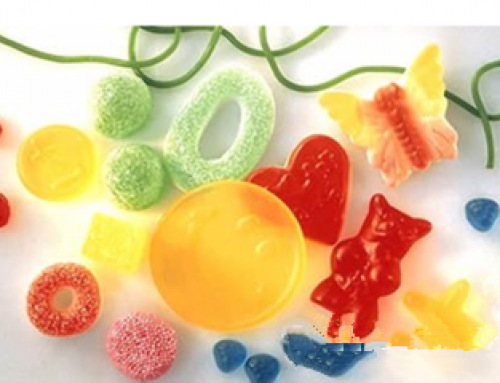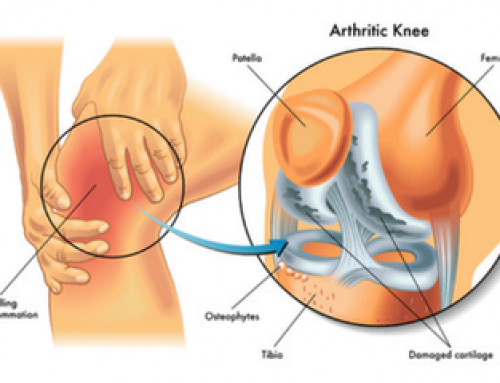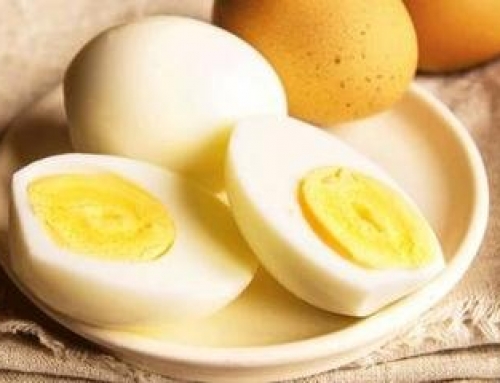Sodium butyrate trend
Sodium butyrate,With the development of the economy and the improvement of living standards, people pay more attention to “health” and “green” to food, and meat products are also subject to the same requirements. Therefore, the use of additives with no toxic side effects is required in pig production.
Since it was listed in the “Catalogue of Feed Additives” by the Ministry of Agriculture in 2006, there have been more and more theoretical studies and application tests on sodium butyrate in livestock production. It has been found that it can promote the differentiation and proliferation of intestinal cells, improve the shape of small intestine, promote digestion and absorption of small intestine, protect colonic mucosal epithelial cells, maintain intestinal micro-ecological balance, and effectively improve animal growth performance.
Application of sodium butyrate in pig production
3.1 Application in piglet production
Due to the imperfect development of various organs, piglets may develop diarrhea after weaning, resulting in growth retardation or death. A large number of studies have shown that the addition of it to the feed can enhance the immunity of piglets and improve the growth performance to different extents. Feeding weaned piglets with feed containing it can increase the ratio of pig’s villus height to crypt depth, thereby improving pig’s digestion and absorption function, reducing the incidence of piglet diarrhea (P<0.05), and improving piglet day Increment.
3.2 Application in fattening pig production
It has a special odor. It is because of this special physical property that when it is added to the feed, the pig will increase the feed intake and the sodium butyrate can also be improved because the feed has an effect on the pig. Pig’s immune function, which improves production performance.
3.3 Application in sow production
It can promote the proliferation of intestinal mucosal immune cells and enhance the immunity of sows; sodium butyrate has a good attracting effect, can improve the feed intake of sows, and It is the rapid energy of intestinal epithelial cells. Source, promote the absorption of short-chain fatty acids, thereby increasing the milk fat percentage and lactation in the milk; in addition, It can reach the piglets through the milk, promote the development of the gastrointestinal tract of the piglets, maintain the health of the intestines, and reduce the yellow and white diarrhea of the piglets. And the occurrence of diarrhea symptoms.
Precautions when adding sodium butyrate to feed
4.1 Dosage
The addition of sodium butyrate to the feed is important to note that the amount of sodium butyrate added to the animal, age, physiological condition, and feeding environment will vary. In general, it is more appropriate to add 500~4000mg/kg to pig feed. The specific addition amount requires a lot of experiments to determine.
4.2 Raw material use
Although sodium butyrate itself is non-toxic, it is corrosive, and it can cause burns if it is slightly inadvertent, which is harmful to people’s health. Therefore, when configuring the feed, you must pay attention to your own protection. At the same time, sodium butyrate should be stored in a dry, cool place.
4.3 Quality of raw materials
Sodium butyrate has good fluidity and is easy to mix with other feeds, and does not change the pH of the feed. However, it must be noted that the oral mucosa of the animal is soft and sensitive, and if it is low-grade coarse chemical grade sodium butyrate as an attractant It can cause animal mucosal burns, which leads to decreased feed intake and even food refusal. Therefore, the quality of sodium butyrate raw materials must be strictly controlled when formulating the diet.








Leave A Comment